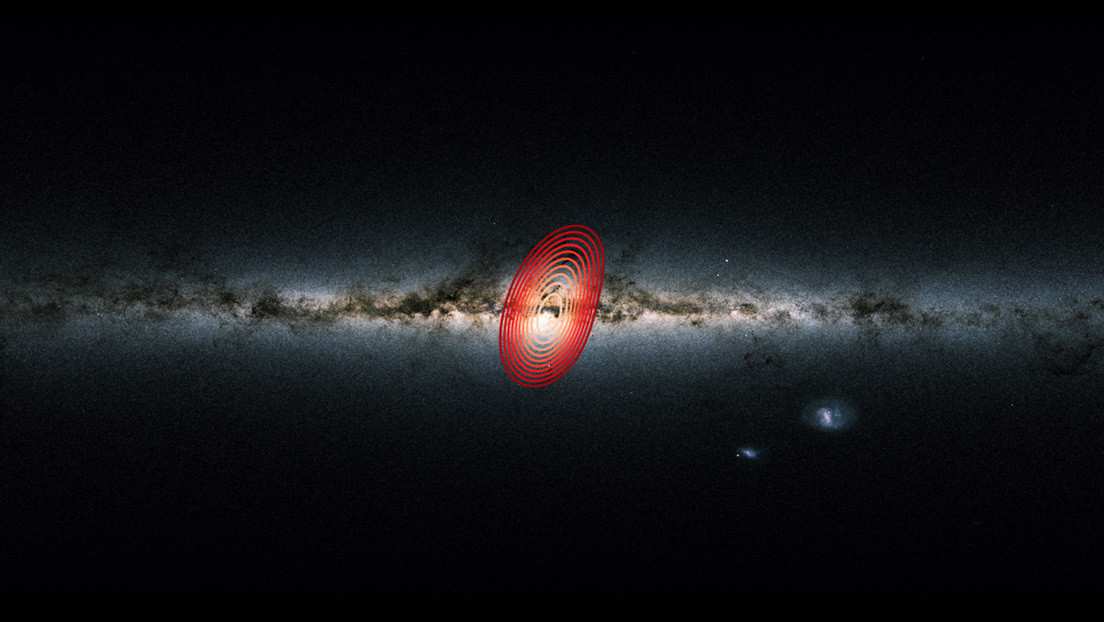
[ad_1]
Called Heracles, the discovery could change the understanding of how the Milky Way formed as a modern galaxy.
A group of astronomers have discovered a “fossil galaxy” hidden deep in the Milky Way that was absorbed by our galaxy 10 billion years ago, according to research published in the Royal Astronomical Society’s Monthly Notices.
The discovery, made with the help of the Apache Point Observatory Galactic Evolution Experiment (APOGEE) project, could change the way the Milky Way is thought to have formed like the galaxy we observe today.
According to the study, the fossil galaxy may have collided with the Milky Way 10 billion years ago when it was still very young. Astronomers named it Heracles in honor of the hero of Greek mythology who received the gift of immortality.
The remnants of the galaxy represent a third of the spherical halo of the Milky Way, but despite its large size it has not been seen by astronomers to date due to its very specific location.

“To find a fossil galaxy like this, we had to examine the detailed chemical composition and movements of tens of thousands of stars. And this is something particularly difficult to do with the stars at the center of the Milky Way, because they are hidden by dense clouds. interstellar dust, “Ricardo Schiavon, one of the key authors of the study at John Moores University in Liverpool, UK, said in a statement.
“APOGEE, however, allows us to break through that dust and look deeper than ever into the heart of the Milky Way,” he added.
APOGEE acquires the spectra of stars in near infrared light instead of visible light, which is obscured by dust. During the ten years the research lasted, the project measured the spectra of more than half a million stars across the Milky Way, including its previously obscured core, the statement explains.
“Of the tens of thousands of stars we observed, a few hundred had startlingly different chemical compositions and speeds. These stars are so different they could only have come from another galaxy. By studying them in detail, we were able to trace the precise location and history of this fossil galaxy, ”said Danny Horta, a graduate student and lead author of the study.
Heracles’ impressive size means that this recently discovered ancient collision must have been an important event in the history of our galaxy. It also suggests that our galaxy may be unusual, as most similar massive spiral galaxies had much quieter initial lives.
“Being our home in the Universe, the Milky Way is already special to us, but this ancient galaxy buried within it makes it even more special,” says Schiavon.
Source link